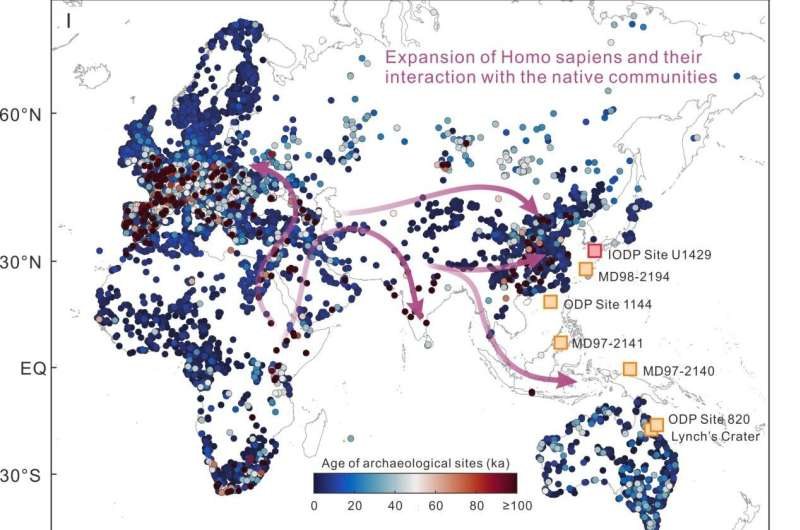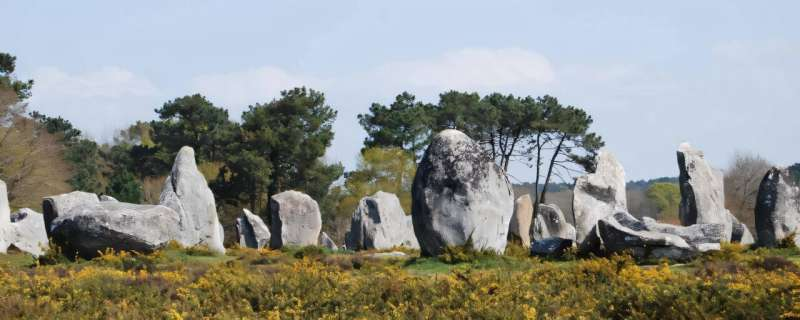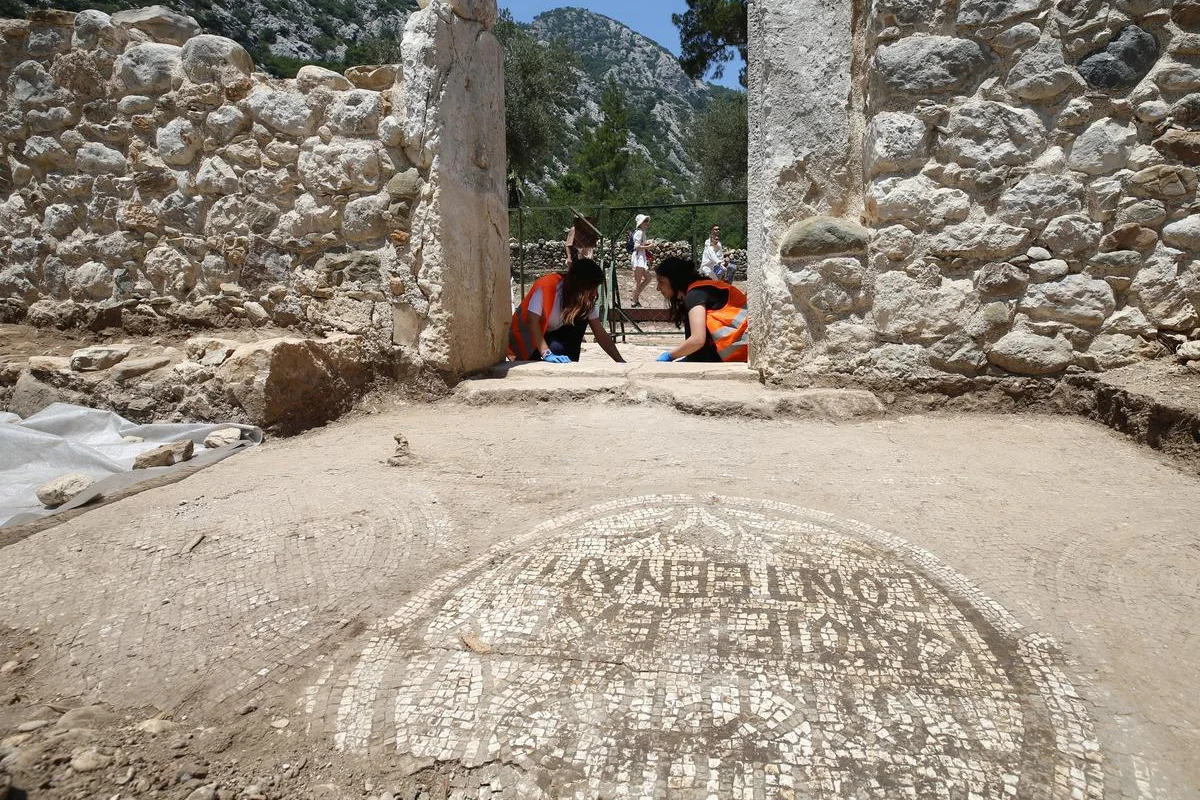A ground-breaking discovery at the "Academy of Plato" in Athens, where researchers have pinpointed the exact location of the eminent philosopher Plato's burial site, has enhanced the annals of history. The Epicurean philosopher Philodemus of Gadara's creative papyrus readings, made possible by cutting-edge technological innovations, are responsible for this discovery.
Historical and Archaeological Significance
Plato, a student of Socrates and a teacher to Aristotle, founded the Academy in Athens, one of the earliest institutions of higher learning in the Western world. The discovery of his burial site within its confines, particularly near the so-called "temple of the Muses," not only deepens our understanding of the physical layout of the Academy but also adds a poignant layer to its historical narrative.
Technological Advances in Archaeology
The breakthrough was achieved through the use of a "bionic eye," a sophisticated device capable of deciphering texts that were previously unreadable. The papyri in question, recovered from Herculaneum near Naples and previously damaged in the eruption of Mount Vesuvius in 79 AD, have yielded new information that significantly expands our knowledge. This technology enabled the detection of a thousand new words, offering a 30% increase in textual content compared to earlier readings conducted in 1991.
Implications of the New Findings
The new insights gleaned from the papyrus include a revelation about the early life of Plato. Contrary to the established timeline that primarily focuses on his activities in Syracuse during 387 BC, the text suggests that Plato might have been sold into slavery either in 404 BC following the Spartan conquest of Aegina or shortly after the death of Socrates in 399 BC. This new narrative could prompt a reassessment of significant periods of Plato's life and the socio-political contexts that influenced his philosophies.
Future Directions
The research, which started three years ago and will end in 2026, according to the Italian Research Foundation and Italian papyrologist Graziano Ranocchia. The ongoing investigation promises to not only explore the broader implications of Plato's teachings and life but also to potentially uncover more about the layout and usage of the academy during ancient times.
The identification of Plato's burial site marks a monumental achievement, offering scholars a tangible connection to one of history's most influential philosophers. As the project progresses, further findings may provide unprecedented insights into the classical period, shedding light on the intellectual environments that shaped Western thought. This discovery underscores the enduring legacy of the Academy and its founder, reaffirming the profound impact of ancient Greek culture on modern civilization.







